Restaurant Gomgol (곰골식당)
10.3Km 2024-01-09
1-2 Bonghwangsan 1-gil, Gongju-si, Chungcheongnam-do
This renowned restaurant in Gongju is always bustling. Upon passing through its old, time-honored main gate, one is greeted by a tastefully minimalist garden leading to the eatery itself. The restaurant boasts a carefully selected main menu, offering just three specialty dishes: charcoal-grilled spicy pork, grilled fish, and braised cutlassfish. Each meal is accompanied by an abundant array of ssam (wrap) vegetables and delicious side dishes, available for unlimited refills at the self-service bar. The charcoal-grilled spicy pork is expertly cooked for immediate enjoyment, without the need for diners to grill it themselves. The smoky aroma of the charcoal complements the subtle seasonings perfectly. The grilled fish offers a delightful contrast with its crispy skin and succulent flesh. An additional perk is the option to order single servings of all menu items.
Gongju Jungdong Catholic Church (공주 중동성당)
10.3Km 2025-02-04
6 Seongdang-gil, Gongju-si, Chungcheongnam-do
Jungdong Catholic Church, the first of its kind in the Gongju, was constructed in 1897 in the Western medieval Gothic style. The church features a cruciform layout with a red brick exterior. A tall bell tower crowns the central entrance, while pointed arches adorn the upper parts of the doorways and windows. Inside, the simple decorations and stained glass windows create a serene and graceful ambiance.
Former Gongju-eup Office (옛 공주읍사무소)
10.5Km 2025-02-04
8 Ucheguk-gil, Gongju-si, Chungcheongnam-do
The Former Gongju-eup Office, a two-story Western-style red brick building built in 1923, stands as a symbol of Gongju’s modern history. Its interior showcases old photographs of Gongju, antique furniture, and a model of the current city. It also serves as a central venue for the annual Gongju Culture Night, held every fall, featuring performances, hands-on activities, and a flea market.
Baek il heon Head House (논산 백일헌 종택)
10.5Km 2024-08-05
45, Jugok-gil, Sangwol-myeon, Nonsan-si, Chungcheongnam-do
+82-41-736-4166 / +82-10-2911-4166
The Baegilheon Head House (National Folklore Cultural Heritage No. 273) is the house that was bestowed upon General Yi Sam by King Yeongjo in recognition of his achievement in suppressing the Yi In-jwa Rebellion in 1728. King Yeongjo also granted Yi Sam the posthumous name ‘Baegilheon’. The house is composed of the munganchae (gate quarters) situated next to a tall gate, the ‘ㄷ’-shaped anchae (women’s quarters), and the ‘ㄱ’-shaped sarangchae (men’s quarters), which are configured in an overall square layout. The accommodation includes the munganchae, the araet sarang with a numaru (upper floor), and the wit sarang and the geonneotbang, each of which has a large toenmaru (a narrow wooden porch running along the outside of the building). Notably, the geonneotbang, which is connected with the daecheong (wooden floor) and has a cozy courtyard surrounded by a mud wall, was the living space for the eldest son of the family and his wife for many generations. As the house has been designated as a National Folklore Cultural Heritage, cooking in the guestrooms is strictly prohibited. However, the house provides breakfast prepared by the daughter-in-law of the head house free of charge. The toilets and shower room are situated in the back yard.
Sindo-ri Hanuchon (신도리한우촌)
10.6Km 2021-03-20
4-57, Beonyeong, 11-gil, Eomsa-myeon, Gyeryong-si, Chungcheongnam-do
+82-42-841-5060
A restaurant run for 35 years by a representative of fermented dishes. This Korean dishes restaurant is located in Gyeryong-si, Chungcheongnam-do. The most famous menu is grilled Korean beef.
Daejeon National Cemetery Patrotic Footpath (국립대전현충원 보훈둘레길)
10.7Km 2021-08-18
251, Hyeonchungwon-ro, Yuseong-gu, Daejeon
+82-42-718-7114
Daejeon National Cemetery covers a vast area of land spanning 330,000 ㎡. The cemetery is comprised of graves for the deceased patriots, men of national merit, generals, officers, soldiers, and more. Major facilities include the Memorial Tower and Memorial Gate for paying reverence to the deceased patriots, Patriotic Spirit Exhibition Center displaying photos and articles left by the deceased, and an outdoor exhibition space, where military battle equipment is on display. Other facilities within the cemetery grounds include fountains, statues, sculptures, pavilions, and Hyeonchungji Pond, a man-made pond in the shape of the Korean peninsula. In particular, the memorial site's Patriotic Footpath serves as a great walking path for those who seek to tour the nearby areas on foot. There are a total of seven walking trails that pass by beautiful and meaningful attractions.
Myeongrjaegotaek (논산 명재고택)
10.8Km 2024-12-23
50 , Noseongsanseong-gil, Nonsan-si, Chungcheongnam-do
+82-41-735-1215
Myeongjae Old House in Nonsan, Chungcheonbuk-do, was the house of Yun Jeung, a Joseon scholar of King Sukjong’s time. The house stands open to the village without a tall gate or fence, and consists of a sarangchae (men’s house) and gotganchae (storehouse) arranged protectively around the anchae (women’s house). The sarangchae has three guest rooms and a porch offering scenic views. Bathrooms and toilets are modern and clean. There is a thatched outbuilding with sound equipment and a beam projector for meetings. Cultural experience programs offered include traditional Korean music, a tea ceremony, and natural dyeing.
Gongju Sanseong Market (공주산성시장)
10.9Km 2024-06-05
22 Yongdang-gil, Gongju-si, Chungcheongnam-do
Opened in 1937, this expansive market features a variety of items across its five sections. It’s conveniently located near tourist attractions like Gongju National Museum, Gongsanseong Fortress, and Tomb of King Muryeong. The arcade-style roof allows for comfortable exploration in any weather or season. The Food Alley offers an irresistible selection of local delicacies, making it hard to choose from options like gimbap, banquet noodles, and bulgogi. Not to be missed are Gongju’s specialties: chestnut makgeolli (rice wine) and chestnut sweet rice cake, made from local chestnuts.
Gongju Gongsanseong Fortress [UNESCO World Heritage] (공주 공산성 [유네스코 세계문화유산])
11.2Km 2024-03-15
280 Ungjin-ro, Gongju-si, Chungcheongnam-do
+82-41-856-7700
Gongsanseong Fortress is a fortification situated at the heart of Gongju, which served as the capital of the ancient Baekje kingdom (18 BCE - 660 CE) from 475 to 538. Even after Baekje's fall, subsequent dynasties such as Silla (57 BCE - 935 CE), Goryeo (918-1392), and Joseon (1392-1897) continued to use Gongju as a regional administrative center. As a result, numerous historical sites have accumulated in the area over time. From the fortress, visitors can enjoy a panoramic view of Gongju’s city center and the Geumgang River.
Gomanaru 1999 (고마나루1999)
11.5Km 2024-02-28
5-8 Baengmigoeul-gil, Gongju-si, Chungcheongnam-do
+82-41-857-9999
Gomanaru 1999 is a Korean restaurant located near Gongsanseong Fortress. Their menu features a single set meal called gomanaru bapsang (rice and side dishes), which includes a hearty spread of pot rice, boiled pork slices, grilled marinated pork shoulder, and grilled dried pollack. Using rice from Gongju, the rice is flavorful and nourishing, complemented by fresh vegetables from Jirisan Mountain, making for a healthy meal. Rice is considered a staple in Korean cuisine, and Jirisan Mountain is renowned as a pristine region, making the food here particularly special.
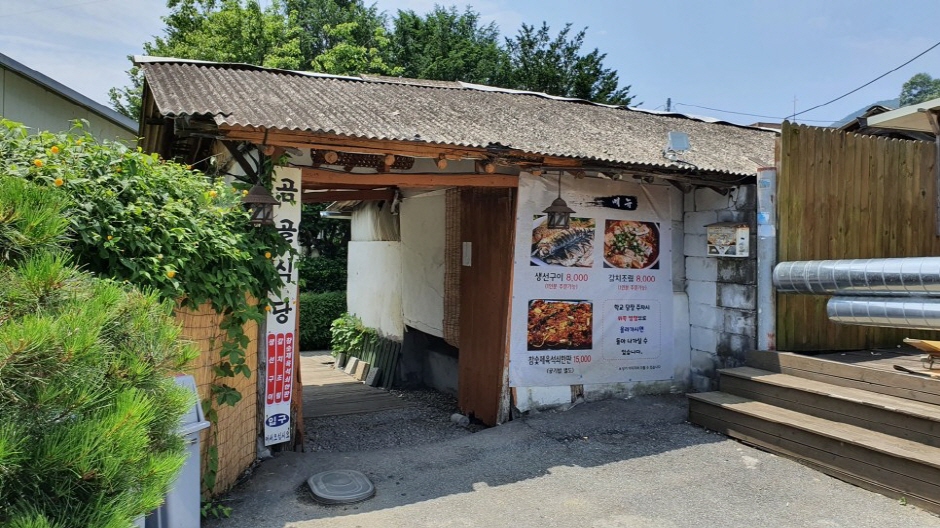
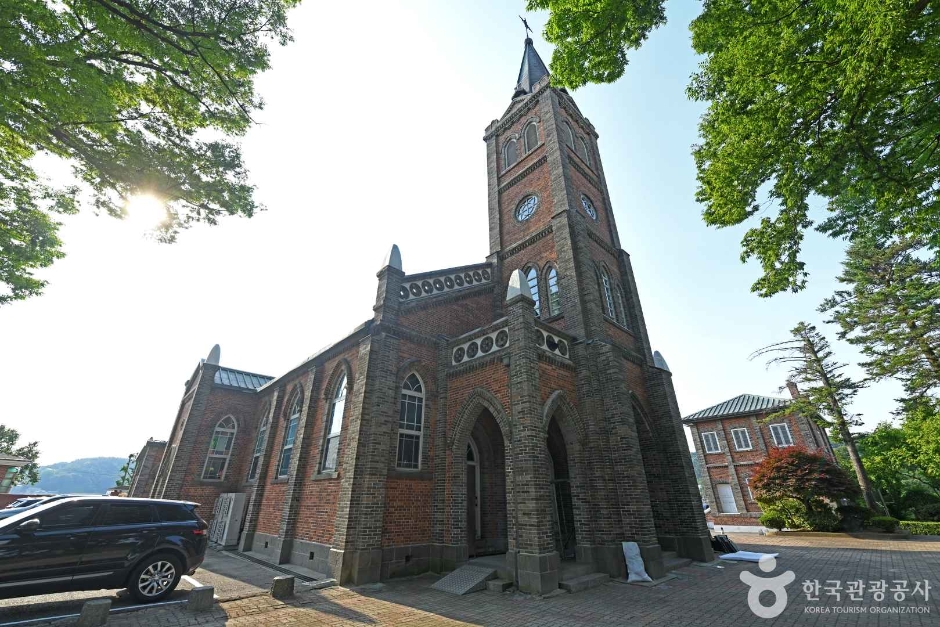
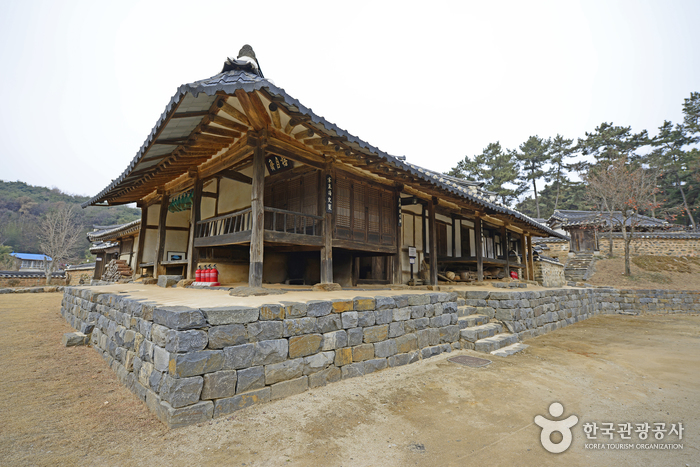
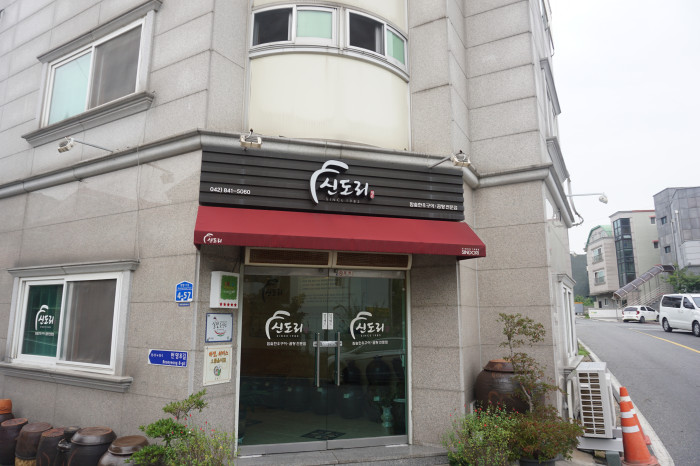
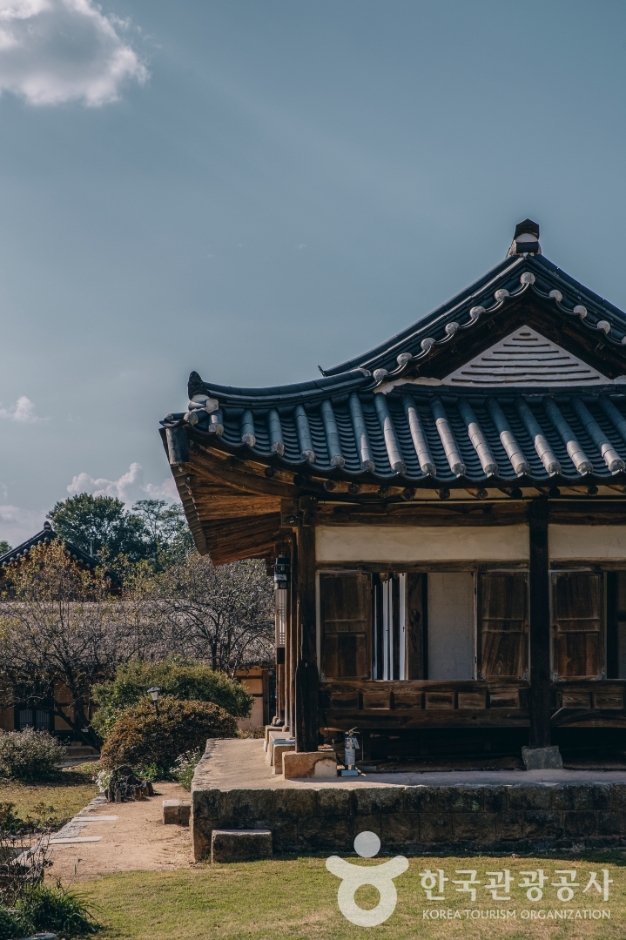
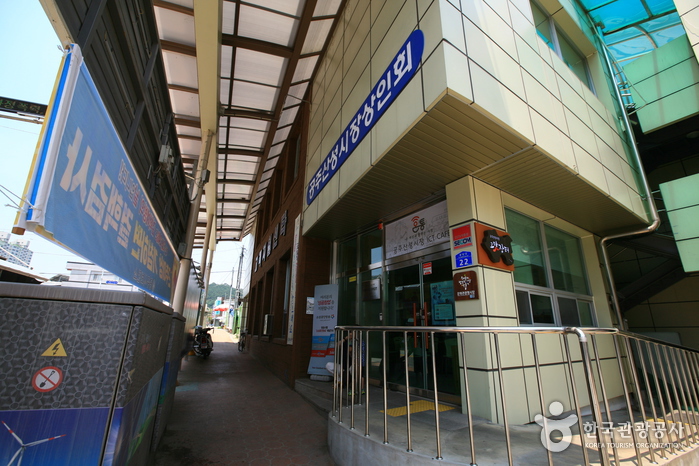
![Gongju Gongsanseong Fortress [UNESCO World Heritage] (공주 공산성 [유네스코 세계문화유산])](http://tong.visitkorea.or.kr/cms/resource/75/2678675_image2_1.jpg)
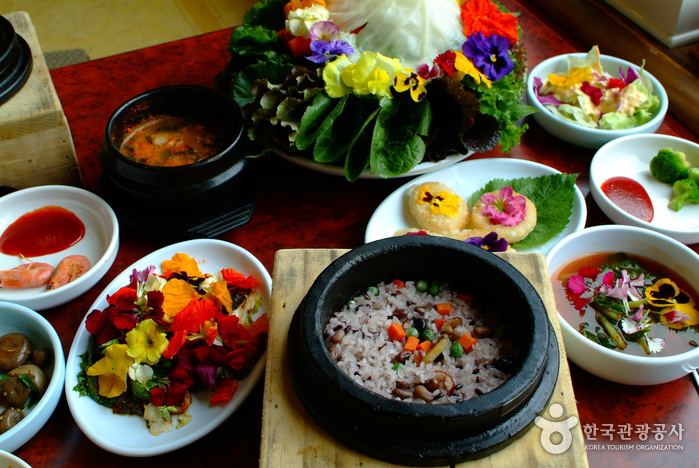
 English
English
 한국어
한국어 日本語
日本語 中文(简体)
中文(简体) Deutsch
Deutsch Français
Français Español
Español Русский
Русский